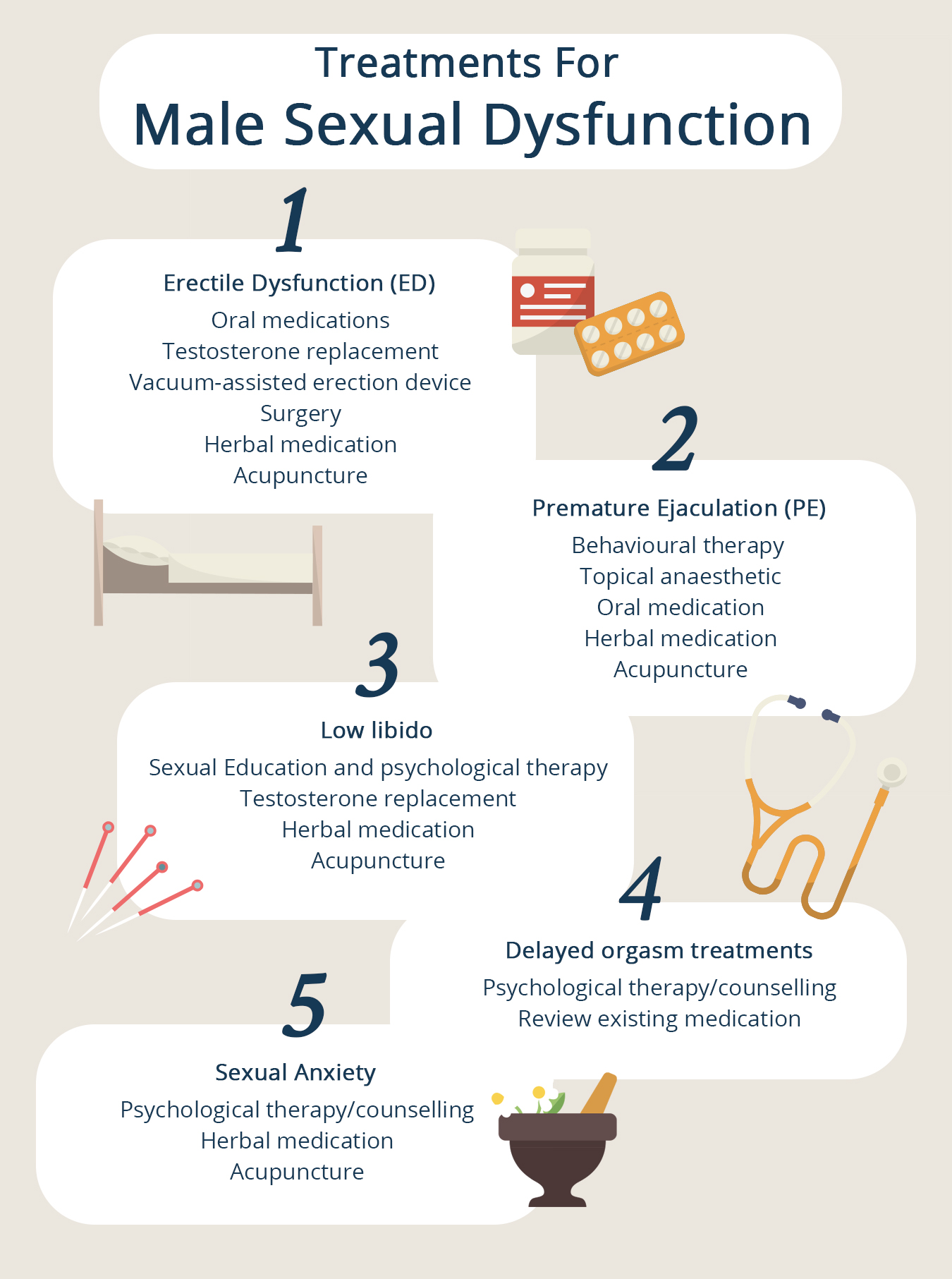Erectile Dysfunction (ED) is a common condition affecting hundreds of thousands of males worldwide, characterized by the lack to realize or maintain an erection ample for satisfactory sexual performance. This case research explores the multifaceted method to treating ED, specializing in a patient named John, a 54-12 months-old male who offered with this condition.
Patient Background
John is a 54-yr-outdated man who works as a sales supervisor. He has a historical past of hypertension and hyperlipidemia, each of which are properly-managed with medication. John has been married for 25 years and has two kids. Over the past 12 months, he observed a gradual decline in his capacity to attain and maintain an erection, leading to emotions of frustration and embarrassment. The condition started to have an effect on his relationship along with his wife, causing emotional distress for each companions.

Initial Evaluation
During his initial session, John underwent a complete assessment that included:
- Medical History: An intensive assessment of his medical history revealed that John had been on antihypertensive and cholesterol-decreasing medications for a number of years. He was also a reasonable smoker and occasionally consumed alcohol.
- Bodily Examination: A bodily examination was carried out to evaluate John's general health, together with a check of his cardiovascular status, which is crucial since ED may be an early indicator of cardiovascular disease.
- Laboratory Exams: Blood tests were ordered to evaluate testosterone ranges, blood glucose, and lipid profiles, as these components can contribute to erectile dysfunction.
Diagnosis
Based mostly on the assessment, John was diagnosed with erectile dysfunction primarily attributed to his underlying medical circumstances, lifestyle elements, and psychological components, together with anxiety about sexual performance. The prognosis was made using the Worldwide Index of Erectile Function (IIEF) questionnaire, which helped quantify the severity of his signs.
Treatment Plan
The treatment of John's ED was approached holistically, encompassing life-style modifications, pharmacotherapy, and psychological counseling.
1. Life-style Modifications
The first step in John's treatment plan was to encourage lifestyle modifications:
- Smoking Cessation: John was advised to give up smoking, as it could actually impair blood movement and contribute to ED.
- Dietary Modifications: A coronary heart-healthy weight-reduction plan wealthy in fruits, vegetables, whole grains, and lean proteins was recommended to improve general vascular health.
- Train: John was encouraged to have interaction in common physical exercise, aiming for at the very least 150 minutes of average train every week to boost cardiovascular well being and improve erectile operate.
2. Pharmacotherapy
After discussing the potential advantages and uncomfortable side effects, John was prescribed a phosphodiesterase kind 5 (PDE5) inhibitor, particularly sildenafil (Viagra). This medicine works by rising blood movement to the penis, facilitating an erection in response to sexual stimulation. John was advised to take the treatment approximately one hour before anticipated sexual activity.
3. Psychological Counseling
Recognizing the psychological affect of ED, John was referred to a psychologist specializing in sexual health. If you cherished this post and you would like to receive much more data with regards to best online erectile dysfunction treatment kindly pay a visit to our own website. Cognitive-behavioral therapy (CBT) was really useful to deal with anxiety and performance-associated concerns. The psychologist helped John and his spouse talk brazenly about their emotions and expectations, which was essential for rebuilding intimacy in their relationship.
Comply with-Up and Monitoring
John was scheduled for comply with-up appointments each three months to monitor his progress. Throughout these visits, his response to medications was assessed, and any uncomfortable side effects were discussed. John reported a significant improvement in his erectile perform after beginning sildenafil, with an elevated frequency of profitable sexual encounters.
Along with pharmacotherapy, John continued to work on way of life modifications and attended counseling periods repeatedly. His dedication to quitting smoking and adopting a healthier lifestyle led to improved total well being, which further contributed to the improvement of his erectile function.
End result
After six months of treatment, John reported a substantial improvement in his high quality of life. His erectile operate scores, as measured by the IIEF, elevated from a rating indicating extreme dysfunction to a rating that fell inside the traditional range. Importantly, the emotional distress associated with his condition diminished, and he and his wife expressed feeling closer than ever.
Conclusion
This case examine illustrates the importance of a complete strategy to treating erectile dysfunction. By addressing medical, psychological, and lifestyle factors, healthcare providers can considerably improve the quality of life for patients like John. The integration of pharmacotherapy with life-style modifications and psychological help provides a properly-rounded strategy that not only treats the signs of ED but in addition addresses the underlying causes and emotional aspects of the condition.
As evidenced by John's case, profitable administration of erectile dysfunction requires a collaborative effort between the affected person and healthcare suppliers, emphasizing the need for open communication and a tailored treatment plan. This holistic strategy can lead to improved sexual health, enhanced relationships, and total effectively-being for men experiencing erectile dysfunction.